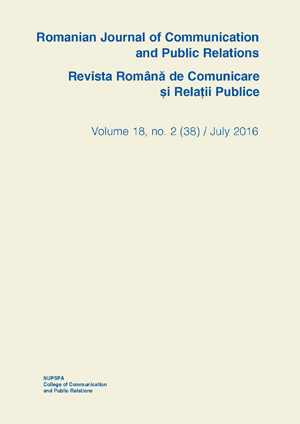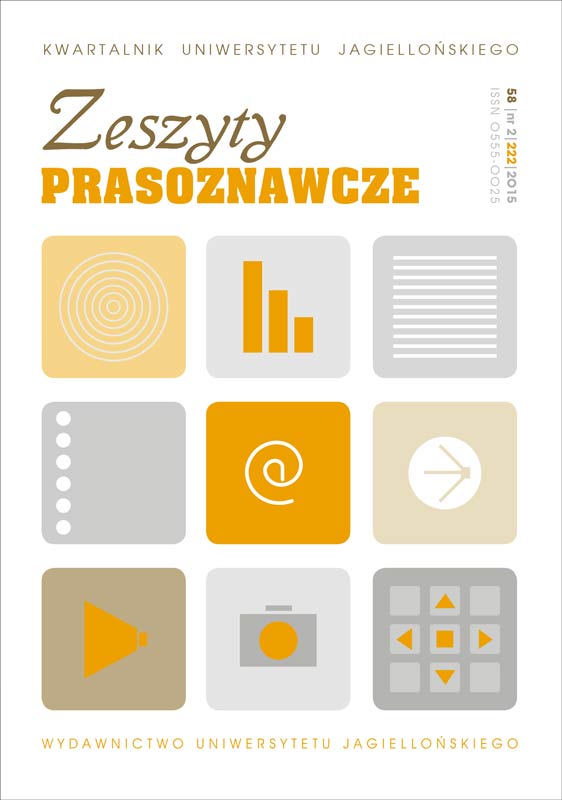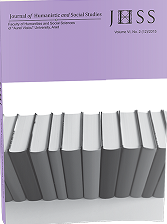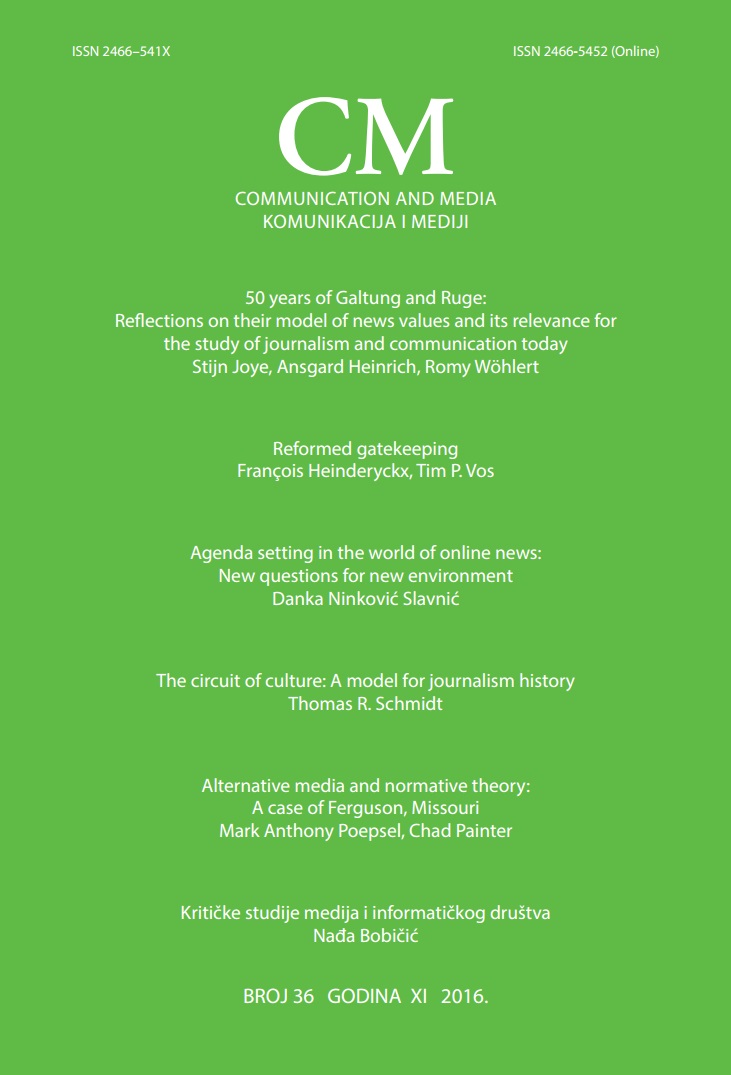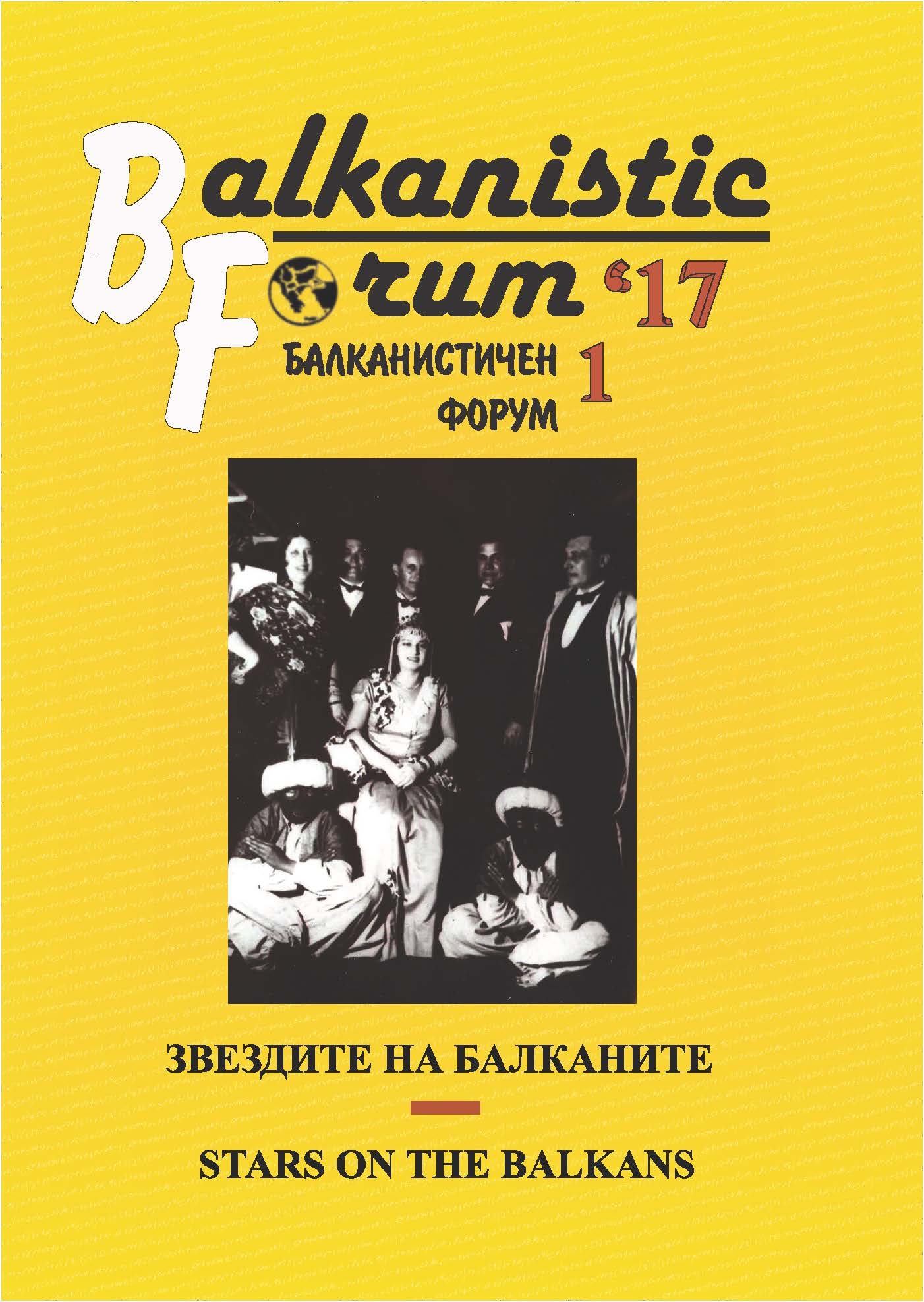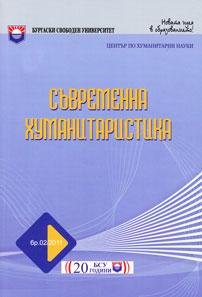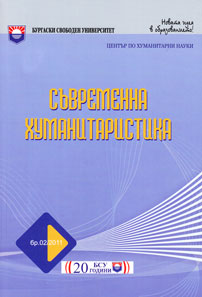Izveštavanje o Evropskoj uniji u informativnim programima nacionalnih radio stanica u Srbiji
The visibility of the European Union in the media has been largely researched in contemporary scholarship. The EU reporting is mostly analyzed in regard to national print media and TV stations across Europe. Relevant studies show that the reporting on the EU topics is mostly uniform, shallow and occasional. The media are more interested to report on the EU from the national rather than supranational perspectives. However, the representation of the EU topics in radio newscasts is rarely researched. The radio has been the second most important source of information for Europeans and the first medium that holds the highest level of citizens’ trust. In an attempt to contribute to the existing scholarship, this paper analyzes the extent to which national radio stations in Serbia report on the EU topics, as well as how they have been represented in the news. For that purpose, content analysis of the main newscasts of Radio Belgrade First Programme, Radio B92, Radio S and Radio Indeks was conducted during a three-month period in 2013. The main research findings show that only 5.44% of the newscasts are related to the EU topics. The thematic scope is rather limited to daily politics and representation of influential political actors in the country and in Brussels, without in-depth or analytical approach to the discussed issues.
More...
